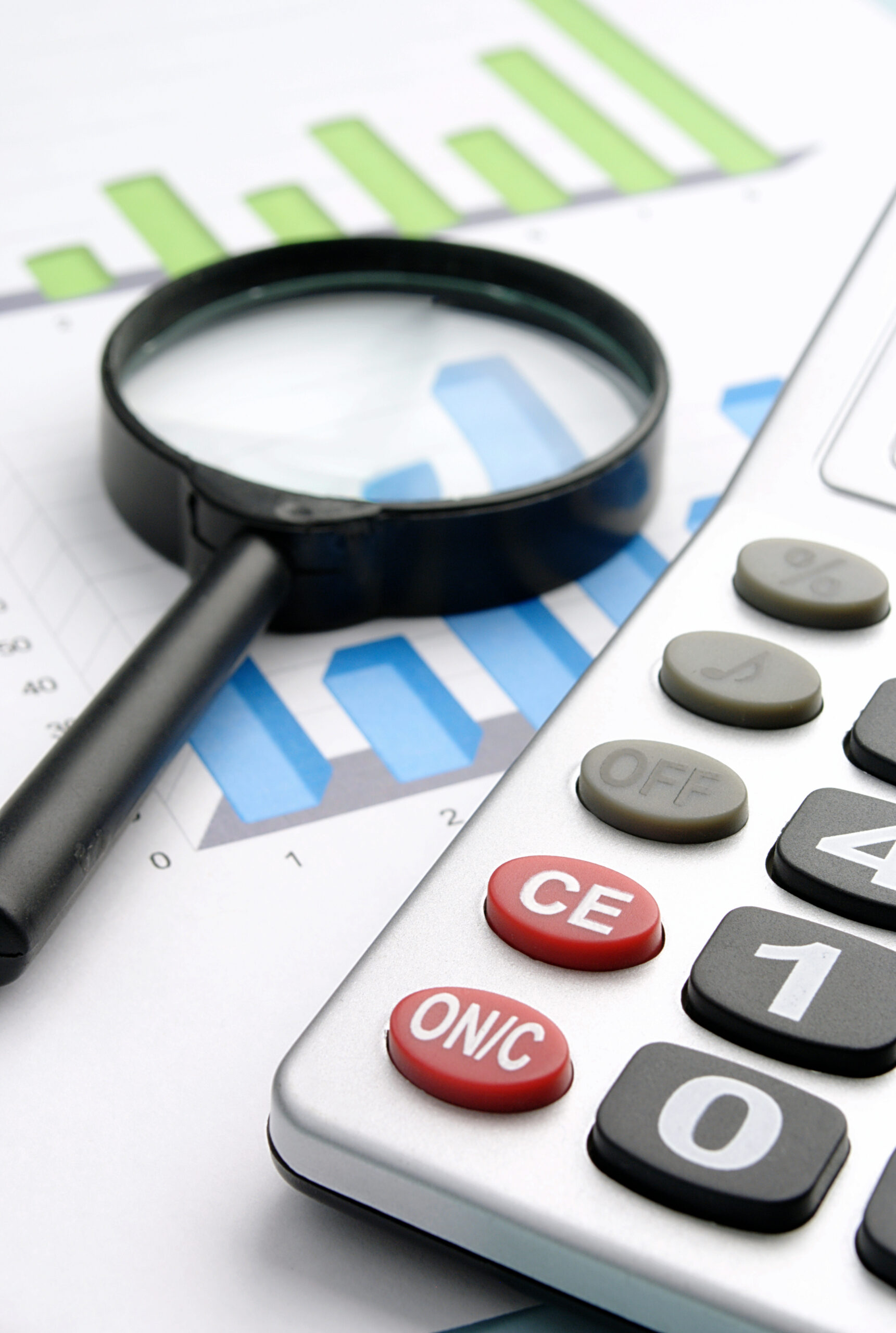
Table of Contents
ToggleIntroduction
The foreign exchange market, often referred to as Forex, is the global marketplace for buying and selling currencies. It’s one of the most liquid and largest financial markets in the world, with a daily trading volume exceeding $6 trillion as of 2021. Participants range from individual retail traders to large financial institutions and governments. Unlike other financial markets, the Forex market operates 24 hours a day, five days a week, offering traders across different time zones the opportunity to trade at any time.
If you’re involved in Forex trading, you’ve likely heard the term “Technical Analysis.” This analytical approach involves studying past price actions and market behaviors to forecast future price movements. Essentially, Technical Analysis operates on the principle that all market information is already reflected in the asset price. Therefore, by analyzing price charts and employing various technical indicators, traders attempt to determine the market’s future direction.
Mastering Forex Technical Analysis can be your ticket to profitable trading. It offers various tools and indicators to help traders understand market patterns, identify trends, and make educated predictions. By employing Technical Analysis, you can spot potential opportunities and manage your investment risks more effectively. Moreover, it allows you to make more informed decisions, giving you an edge in the highly competitive Forex market.
What is Forex Technical Analysis?
Definition and Basics
Forex Technical Analysis is a methodology used to evaluate currency pairs and predict their future movements by analyzing historical price data and market activity. This analysis looks at patterns, trends, and various statistical measures in a bid to forecast future price changes. Traders usually make use of charts, technical indicators, and other visualization tools to conduct this kind of analysis. Importantly, Forex Technical Analysis operates under the assumption that the market price of a currency pair reflects all the information available in the market, making it possible to forecast price movement based solely on historical data.
Difference between Technical Analysis and Fundamental Analysis
It’s essential to distinguish Forex Technical Analysis from Fundamental Analysis, another popular analytical approach. While Technical Analysis focuses purely on the statistical and graphical representation of past price activities and volume, Fundamental Analysis delves into the economic, political, and social factors that influence currency prices. For instance, while a technical analyst might look at moving averages and support levels, a fundamental analyst could examine GDP growth, interest rates, and geopolitical stability to make trading decisions. Both methods have their merits, and traders often use them in tandem to get a well-rounded view of the Forex market.
Examples of Technical Analysis in Action
Let’s delve into some practical applications of Forex Technical Analysis. Consider the EUR/USD currency pair, which is among the most traded pairs in Forex.
-
- Trend Identification: A trader using Technical Analysis might first identify the prevailing trend by looking at a long-term chart, say a daily or weekly chart. If the price seems to be moving upward over a period, the trader would consider this an upward trend.
-
- Support and Resistance: The same trader might also identify key levels of support and resistance. Support is a price level where the currency pair tends to find buying interest, preventing the price from falling further. Resistance is the opposite—a level where selling interest comes in, preventing the price from rising any higher.
-
- Use of Technical Indicators: Indicators like Moving Averages or the Relative Strength Index (RSI) might be employed to confirm the trend’s strength or to signal possible reversals. For example, if the RSI crosses above 70, it might indicate that the currency pair is overbought and could be in for a correction, serving as a sell signal.
-
- Chart Patterns: Forex Technical Analysis also involves recognizing chart patterns like Head and Shoulders, Double Tops, and Flags. These patterns are used to predict future price movements based on their historical tendencies to repeat themselves.
Why is Technical Analysis Important in Forex?
Market Prediction
One of the primary utilities of Forex Technical Analysis is its capability for market prediction. By studying past trading activity and price changes, technical analysts can identify trends, reversals, and breakouts before they happen. While no analytical method can guarantee a 100% accurate prediction, Technical Analysis provides traders with the tools to make more informed and likely profitable trading decisions. With predictive models, traders can set up their positions and orders in a way that aligns with forecasted price movements, thereby capitalizing on market opportunities as they arise.
Enhancing Risk Management
Risk management is a crucial element in the world of Forex trading. A key benefit of using Forex Technical Analysis is its potential for enhancing your risk management strategies. With Technical Analysis, traders can identify optimal points for entering and exiting trades, as well as setting stop-loss and take-profit orders. For instance, if a currency pair’s price approaches a historical resistance level, a trader may decide to set their stop-loss order just above this resistance point. This kind of strategic move helps in limiting potential losses, which is especially crucial in the volatile Forex market.
Increasing Profitability
When used effectively, Forex Technical Analysis can be a catalyst for increasing profitability. By understanding how to interpret indicators and chart patterns, traders can time their trade entries and exits more effectively, and possibly gain higher returns on their investments. The analytical approach also helps traders filter out ‘noise’ or random price movements, allowing them to focus on meaningful trends that are more likely to result in profitable outcomes.
Case Studies
The significance of Technical Analysis in Forex is further underscored by numerous case studies and research papers. For example, a study that compared traders using Technical Analysis to those relying solely on Fundamental Analysis found that the former group had a higher rate of return over a given period. Another case study focusing on Forex market trends confirmed that certain technical indicators like Moving Averages were incredibly effective in predicting future price movements. These studies offer empirical evidence supporting the effectiveness of Technical Analysis in Forex trading.
In summary, Forex Technical Analysis plays a pivotal role in market prediction, risk management, and increasing profitability. Its methodologies and tools provide traders with essential insights into market behavior, thereby offering a competitive edge in the highly complex and volatile world of Forex trading.
Tools and Technical Indicators
Types of Charts
-
- Candlestick Charts: These are the most commonly used charts in Forex trading and offer a detailed visual representation of price action. Each candlestick shows the opening, closing, high, and low prices for a specific time period, enabling traders to understand market sentiment during that interval.
-
- Bar Charts: A bar chart provides similar information to a candlestick chart but uses a different visual representation. Each bar shows the opening and closing prices as well as the highs and lows. This type of chart is often favored for its simplicity.
-
- Line Charts: The most basic of all chart types, a line chart connects closing prices over a set period. Line charts are best for getting a quick, broad overview of price action but don’t offer as much detail as candlestick or bar charts.
Popular Technical Indicators
-
- Moving Averages: This indicator smooths out price data to create a single flowing line, making it easier to identify the price’s direction. The two most common types are the Simple Moving Average (SMA) and the Exponential Moving Average (EMA).
-
- MACD (Moving Average Convergence Divergence): This indicator involves plotting two moving averages, which help traders identify trend direction as well as momentum.
-
- RSI (Relative Strength Index): RSI measures the speed and change of price movements and is often used to identify overbought or oversold conditions. An RSI reading of 70 or above typically indicates that a currency pair is overbought, while a reading of 30 or below suggests that it is oversold.
Software Tools for Technical Analysis
-
- MetaTrader 4/5: These are among the most popular platforms for Forex trading and offer a range of tools for Technical Analysis, including various chart types and indicators.
-
- TradingView: This web-based platform offers powerful charting tools and social networking features that allow traders to share their analysis and insights.
-
- Autochartist: This tool automatically identifies chart patterns and offers real-time technical analysis, helping traders make informed decisions even when they can’t monitor the markets.
-
- NinjaTrader: Known for its advanced analysis capabilities, NinjaTrader is particularly popular among professional traders. It offers an extensive range of indicators and enables automated trading strategies.
Incorporating these types of charts, technical indicators, and software tools into your trading can significantly improve your ability to conduct Forex Technical Analysis. These resources help traders not only in market prediction but also in profitable trading and risk management in the Forex Market.
How to Get Started
Steps to Start with Technical Analysis in Forex
-
- Education: Before diving into Forex Technical Analysis, it’s crucial to understand the basics. Take online courses, read books, or watch educational videos to build a strong foundation.
-
- Choose a Trading Platform: Select a trading platform that offers extensive tools and indicators for Technical Analysis. MetaTrader 4/5 and TradingView are good starting points.
-
- Start with Demo Trading: Many platforms offer demo accounts where you can practice trading with virtual money. Use this opportunity to familiarize yourself with different technical indicators and strategies.
-
- Develop a Trading Plan: A well-thought-out trading plan includes your risk tolerance, profit goals, evaluation criteria, and trading strategy. Stick to this plan and refine it as you gain more experience.
-
- Apply Technical Analysis: Once you’re comfortable, start applying Technical Analysis to identify trading opportunities. Use different types of charts and indicators to help inform your trading decisions.
-
- Backtesting: Before implementing a strategy, test it on historical data to see how it would have performed. Many trading platforms offer backtesting features.
-
- Start Trading: Once you are confident in your strategy and have done sufficient backtesting, you can begin live trading. Start small and gradually increase your exposure as you gain more experience.
Finding Reliable Resources
-
- Financial News Websites: Websites like Bloomberg and Financial Times offer valuable insights but always remember to differentiate opinion from fact.
-
- Books and Journals: Publications like “Technical Analysis of the Financial Markets” by John J. Murphy offer in-depth knowledge.
-
- Online Forums and Communities: Websites like Reddit and various Forex trading forums are great for learning from other traders’ experiences, but always take advice with a grain of salt.
-
- Educational Platforms: Websites like Investopedia offer free articles and tutorials, while platforms like Udemy and Coursera offer more structured courses on Forex Technical Analysis.
Tips for Beginners
-
- Start Small: Don’t risk a large portion of your capital on a single trade, especially when you’re just starting out.
-
- Use Stop Losses: Always use stop-loss orders to manage your risks effectively.
-
- Don’t Overcomplicate: Stick to a few indicators to start with. Overusing indicators can lead to conflicting signals and confusion.
-
- Keep Learning: The Forex market is ever-changing. Continuous learning and adaptation are key to staying profitable.
-
- Manage Your Emotions: Forex trading can be stressful. Emotional discipline is critical for successful trading.
Getting started with Forex Technical Analysis can seem overwhelming, but by taking methodical steps and making use of reliable resources, you can significantly increase your chances of success in the Forex market. Remember, everyone was a beginner once, and the key to becoming an expert is consistent learning and disciplined trading
Common Mistakes and How to Avoid Them
Navigating the Forex market requires both skill and caution. Many traders make costly mistakes due to a lack of experience, knowledge, or discipline. Let’s discuss some common errors and strategies for avoiding them.
Over-leveraging
What it is: Leverage is a double-edged sword. It allows traders to control a large position with a relatively small investment. However, this magnifies both profits and losses, making it easy to wipe out your trading account with a single poor decision.
How to avoid it:
-
- Understand Leverage: Know the implications of the leverage ratio you choose. More leverage isn’t always better.
-
- Risk Management: Use stop-loss orders and only risk a small percentage of your trading capital on a single trade.
-
- Gradual Increase: As a beginner, start with lower leverage and only increase it when you have more experience and are consistently profitable.
Over-analysis or “Analysis Paralysis”
What it is: This occurs when traders get so caught up in analyzing every piece of data that they become overwhelmed and are unable to make any trading decisions.
How to avoid it:
-
- Stick to Your Plan: Create a trading plan and stick to it. This should help you know what you’re looking for and prevent you from over-analyzing.
-
- Limit Indicators: Use a few, well-understood indicators to support your trading decisions rather than flooding your charts with too many indicators.
-
- Time Management: Allocate specific times for analysis and decision-making and stick to them. Don’t let indecision rob you of opportunities.
Ignoring Market Sentiment
What it is: Some traders become so focused on charts and indicators that they ignore or underestimate the impact of market sentiment, which can be driven by news events, geopolitical issues, or societal trends.
How to avoid it:
-
- Stay Informed: Follow reputable financial news outlets and keep an eye on events that could affect currency values.
-
- Social Indicators: Some modern tools can gauge market sentiment by scanning news articles, social media, and other public communications for trader sentiment.
-
- Combine Approaches: Don’t rely solely on Technical Analysis; consider using Fundamental Analysis or other methods to get a comprehensive view of the Forex market.
Conclusion
The Forex market offers a plethora of opportunities for traders, but it’s not without its challenges. The use of Forex Technical Analysis has emerged as a pivotal tool for traders looking to capitalize on market trends, manage risks, and increase profitability. We delved into the essential types of charts, popular technical indicators like Moving Averages, MACD, and RSI, as well as must-have software tools for effective Technical Analysis. However, as we explored, it’s not just about the tools and indicators; it’s also about how you use them. Avoid common pitfalls like over-leveraging, analysis paralysis, and ignoring market sentiment. Utilizing Technical Analysis effectively means adhering to a well-thought-out trading plan, being disciplined, and continually adapting to new market information.
If you’re an aspiring trader, there has never been a better time to immerse yourself in Technical Analysis. Equip yourself with the right knowledge and tools to make the most of what the Forex market has to offer. Don’t just stop at reading; take action. Start with a demo account, experiment with different indicators and strategies, and when you’re ready, dive into the market. Your path to profitable trading in the Forex market starts today. Dive into Technical Analysis, refine your strategies, and don’t let opportunities pass you by. The first step in achieving long-term profitability is just a click away. Start now, and transform the way you trade in the Forex market.
FAQs
- What is Forex trading? Forex trading involves the buying and selling of currency pairs with the aim of making a profit. The Forex market is the largest financial market in the world, operating 24/5 and offering high liquidity.
- How does Technical Analysis differ from Fundamental Analysis? Technical Analysis focuses on studying price charts and using statistical measures to predict future price movements. In contrast, Fundamental Analysis involves evaluating a currency’s intrinsic value by considering economic indicators, political conditions, and other external factors.
- Are technical indicators foolproof? No, technical indicators are not foolproof. While they can be highly effective for identifying trends and potential entry and exit points, they are best used in conjunction with other methods and tools. There’s always a degree of risk in trading, and no indicator can predict market movements with 100% accuracy.
- Can I rely solely on Technical Analysis for profitable trading? While Technical Analysis is a powerful tool, relying solely on it is not advisable. It’s essential to incorporate other forms of analysis and risk management strategies to achieve consistent profitability.
- Can beginners also use Technical Analysis? Absolutely, beginners can and should use Technical Analysis. Many online platforms and resources can help you understand the basics. Start with a demo account to practice without financial risk.
- What are some recommended software tools for Technical Analysis? MetaTrader 4/5, TradingView, Autochartist, and NinjaTrader are among the most popular and highly recommended software tools for performing Technical Analysis in Forex trading.
- How can I improve my risk management using Technical Analysis? Technical Analysis provides various tools like stop-loss orders, trend indicators, and resistance/support levels that can help in setting more effective risk management strategies. Always ensure that you’re not risking more than you can afford to lose on a single trade.
- Is Technical Analysis useful for both short-term and long-term trading? Yes, Technical Analysis can be adapted for both short-term and long-term trading. The choice of indicators and time frames can be adjusted according to your trading strategy and time horizon.
- Can Technical Analysis be used for trading other assets like stocks or commodities? Absolutely, Technical Analysis is a versatile tool that can be applied to various asset classes including stocks, commodities, and even cryptocurrencies. The principles remain the same, although the indicators might perform differently depending on the market.
- Where can I learn more about Forex Technical Analysis? There are various online courses, books, and articles dedicated to this subject. Platforms like Udemy, Coursera, and specialized trading websites offer comprehensive courses on Forex Technical Analysis. Blogs and forums are also good places to gain insights and tips from more experienced traders.
Do visit our landing page before you leave…

